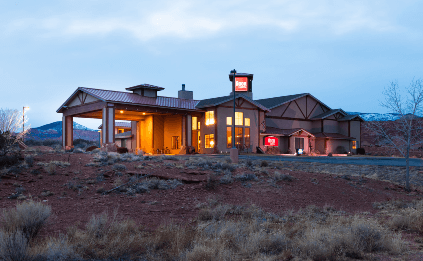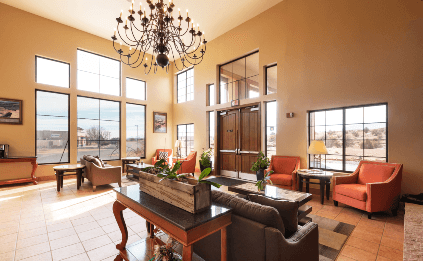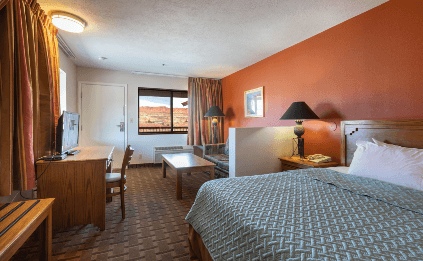The Traveler's Guide to Bryce Canyon National Park, Utah
Situated on the eastern flank of the Paunsaugunt Plateau in the southern central region of Utah, Bryce Canyon National Park was initially designated as Bryce Canyon National Monument on June 8, 1923, by the U.S. Forest Service to protect its distinctive scenic splendor and scientific significance. The area underwent several administrative changes, first renamed Utah National Park in 1924 before adopting its current title, Bryce Canyon National Park, in 1928. Legislative actions have since expanded the park to encompass 35,835 acres.
Renowned for its extraordinary geological structures, Bryce comprises a collection of horseshoe-shaped amphitheaters on the plateau’s eastern border. The park’s landscape has been sculpted by frost-wedging and rainwater dissolution, transforming the Claron Formation’s calcium-rich mudstone into an array of unusual forms including slot canyons, windows, fins, and the iconic “hoodoos.” These formations are bathed in an array of subtle hues, forming a spectacular maze-like environment that beckons for exploration and hiking.
The surrounding region of the plateau is bordered by Ponderosa pines, meadows at high elevations, and forests of fir and spruce, all teeming with diverse wildlife. The area is distinguished by some of the cleanest air quality in the world, yielding extensive vistas across three states and nearly 200 miles of visibility. The minimal light pollution in the vicinity further enhances Bryce’s night sky, offering unmatched opportunities for stargazing.
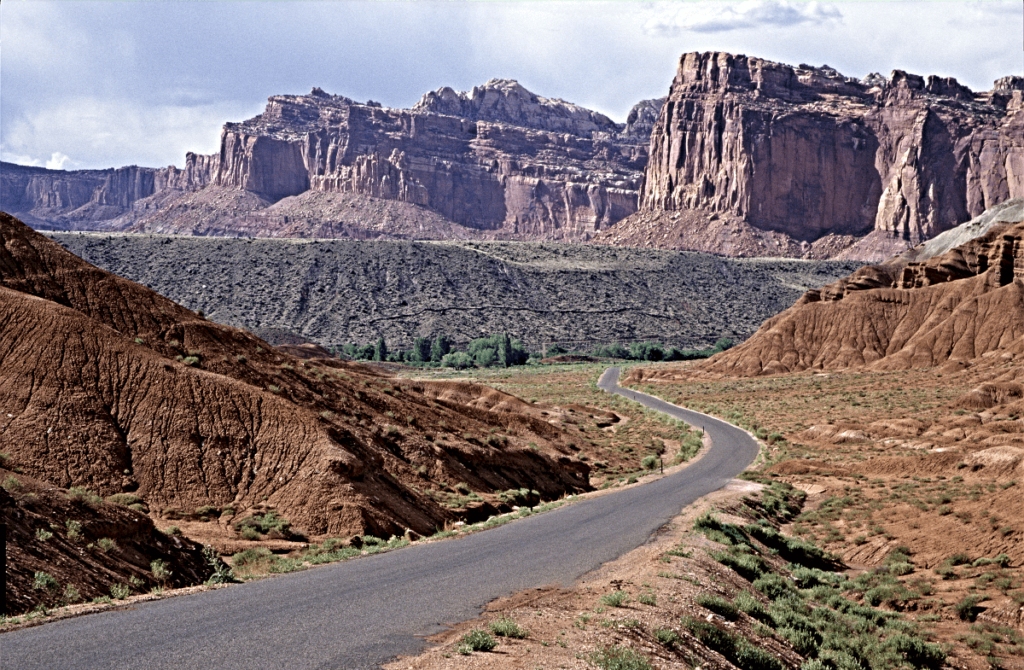
Where to Stay in Capitol Reef: The Noor Hotel
History
The Paiute Indians were the initial inhabitants of the area surrounding what is now known as Bryce Canyon, utilizing the Paunsaugunt Plateau for seasonal hunting and gathering from around 1200 A.D., without evidence of permanent dwellings.
The region also saw the Fremont and Anasazi peoples, from around 200 A.D. until 1200, inhabiting the broader Colorado Plateau. The Fremont were situated to the north and west, while the Anasazi were to the south and east, with recent findings suggesting a cultural blend on the Kaiparowits Plateau.
While Native Americans have been present on the Colorado Plateau for 12,000 years, their specific historical traces have not been found on the Paunsaugunt Plateau.
J.W. Humphrey, a U.S. Forest Service Supervisor, is credited as a pivotal figure in the establishment of Bryce Canyon as a National Park. Transferred to Panguitch, Utah, in July 1915, Humphrey was captivated by the view from what is now Sunset Point and was determined to make the area accessible to the public. His efforts included securing funding for road improvements, promoting the canyon through photographs, movies, and articles, and eventually, in 1928, helping to transition the site into Bryce Canyon National Park.
Tourism to Bryce Canyon began around 1919, with local entrepreneurs Ruby and Minnie Syrett providing accommodations and meals near Sunset Point. By the early 1920s, the Union Pacific Railroad had purchased the land and constructed additional lodging facilities, while Gilbert Stanley Underwood designed the iconic lodge near Sunset Point.
The completion of the Zion-Mt. Carmel Tunnel in 1930 connected Bryce Canyon with other regional landmarks, facilitating a unified tourist circuit. The park’s size was officially increased to its current 35,835 acres in 1931. During the same period, significant trail and road development took place, along with various other improvements by the Civilian Conservation Corps, enhancing the park’s infrastructure and visitor experience.
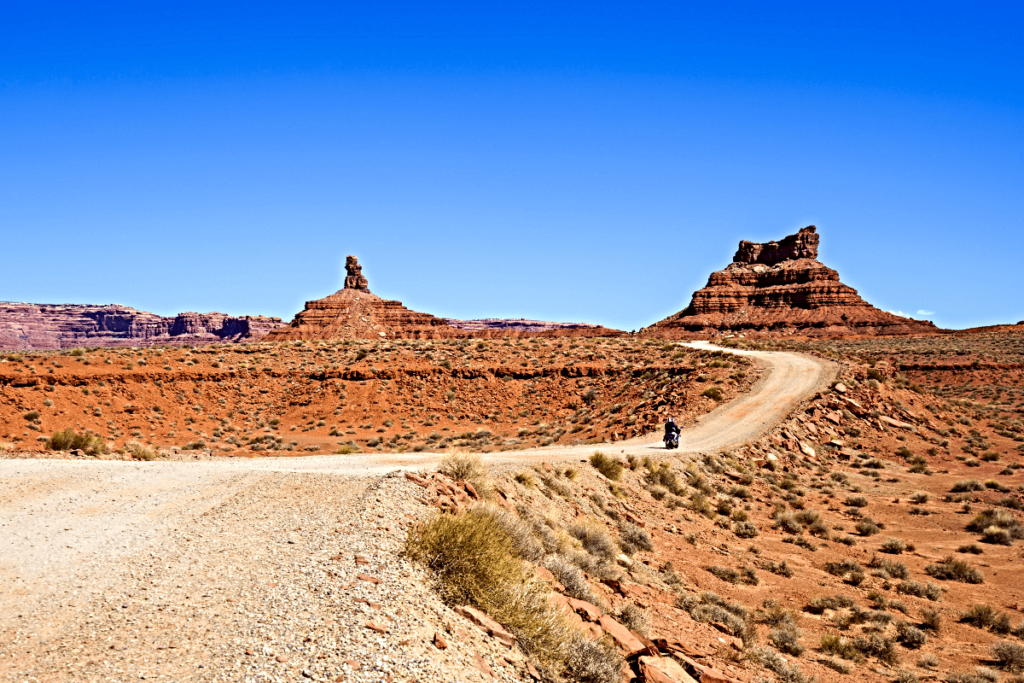
Nature
Bryce Canyon’s geological marvels, known as “hoodoos,” draw millions of tourists annually, boasting the world’s most extensive collection. These formations are not only visually captivating but also have a fascinating formation story. To delve deeper into the creation of hoodoos, their place in the Grand Staircase, and preservation efforts, additional resources are available.
The Grand Staircase is a vast expanse of sedimentary rock layers extending 100 miles south from Bryce Canyon through Zion National Park to the Grand Canyon. In the 1870s, geologist Clarence Dutton envisioned this area as a colossal staircase rising from the Grand Canyon, with each layer’s cliff edge forming massive steps. Dutton named these steps with vibrant titles: Pink Cliffs, Grey Cliffs, White Cliffs, Vermilion Cliffs, and Chocolate Cliffs, which modern geologists have further detailed into specific rock formations.
This staircase is globally unique for its extensive preservation of Earth’s history. Studying these sedimentary layers is like reading a detailed history book of Earth, with each layer representing a distinct chapter. While most places on Earth have fragmented geological records due to various natural processes, the Grand Staircase and the Grand Canyon’s lower cliffs narrate a relatively intact story spanning over 600 million years, despite some minor gaps.
Despite its vastness, the sheer scale of the Grand Staircase means that much of it remains unseen from any single vantage point due to the Earth’s curvature. However, certain spots like Yovimpa Point and the north slope of the Kaibab Plateau offer clearer views where even amateur enthusiasts can discern the distinct layers of this monumental geological sequence.
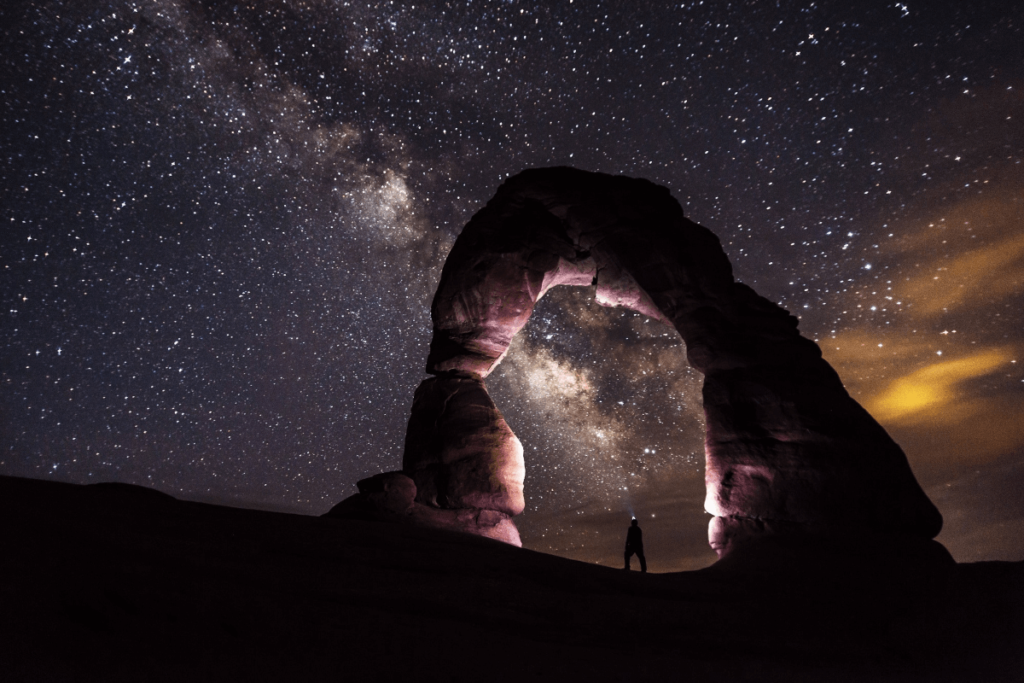
Night Skies
In 2019, Bryce Canyon National park officially gained International Dark Sky status. Bryce Canyon’s high elevation, clean air, and remote location creates some of the darkest skies in the country. During a new Moon on a clear weather night, you can see thousands of stars and the spectacular band of the Milky Way Galaxy shooting across the sky. We take pride in our ability to protect the night skies for the present and future generations.
Night Sky Programs
Bryce Canyon offers various night sky programs and activities, including Night Sky Telescope Programs (Memorial Day through Labor Day) and Full Moon Hikes. Our annual Astronomy Festival takes place in June featuring family-friendly daytime activities and special evening programs, telescope viewing, and constellation tours.
Be sure to always check the Calendar or stop by the Visitor Center to find the programs that will be available during your visit and information on program sign-ups and lotteries.
Air Quality and Night Skies
Clean and dry air means good visibility. Bryce Canyon National Park also benefits by being a high elevation park far from civilization. The expanse of land you can see from Bryce, also known as our viewshed, is enormous. Our thin clean air is easy to see through and at night it is as dark as dark can be. There are few places left in the world where you can stand in one place and see so much undeveloped land. Even on our busiest days, visitors often remark “When I look out across the Grand Staircase, it kinda’ feels like I have the whole planet to myself.” Visibility is one of our most treasured resources.On a clear day at Bryce you can see nearly 200 miles to the Black Mesas in eastern Arizona. On a clear dark night, you can see 2.2 million light years or 527,000,000,000,000,000 miles to the Andromeda Galaxy.
Bryce is a phenomenal place for stargazing, but before planets and stars appear, look quickly for the rare sight of Earth’s penumbra. After the last light of the setting sun fades from the highest clouds, suddenly a purple band will appear directly above the eastern horizon. This is the edge of Earth’s own shadow being projected on to the atmosphere. Look quickly because this phenomenon is soon engulfed in darkness as the stars take the stage.
The first star to appear may actually be a planet, but it is soon followed by Vega, Arcturus and other bright stars. Two hours after sunset comes the combined light of over a billion stars, all too distant to be seen individually by the human eye. Behold, the Milky Way! This stellar strip of light is only a portion of one of our galaxy’s spiral arms. What does an entire galaxy look like?
Look to the north. Draw a line from Mizar, the middle star in the Big Dipper’s handle through the North Star eastward past the zigzag-shaped constellation of Cassiopeia, and you will come to a tiny fuzzy cloud known as M31. This is our sister galaxy, Andromeda, the largest and most distant object visible to the naked eye, measuring 110,000 light years in diameter!
The canyons and plateau of Bryce Canyon National Park are home to many animals. Park boundaries mean little to the migratory hummingbirds, nesting Peregrine Falcon, Rocky Mountain Elk and Pronghorn which daily cross through the forested plateau and barren amphitheater. The search for food and water leads them to the best place to find sustenance and shelter. Many animals share habitats. Ebb and flow of populations is interdependent on all the members of the wildlife community.
There are many plant communities in Bryce Canyon National Park. Surrounded by deserts, Bryce’s highland plateau gets much more rain than the lowlands below and stays cooler during hot summers. The relatively lush ecosystems that result are like fertile islands towering above a vast arid landscape. A special area of notice are the “breaks” of the amphitheater, better known as the pink cliffs, they are exposed, nearly unforested areas. Meadows, seeps and springs are home to a different, grassy and deciduous plant community. Many of the meadows in the park are high and dry, home to sagebrush, rabbitbrush and grasses.
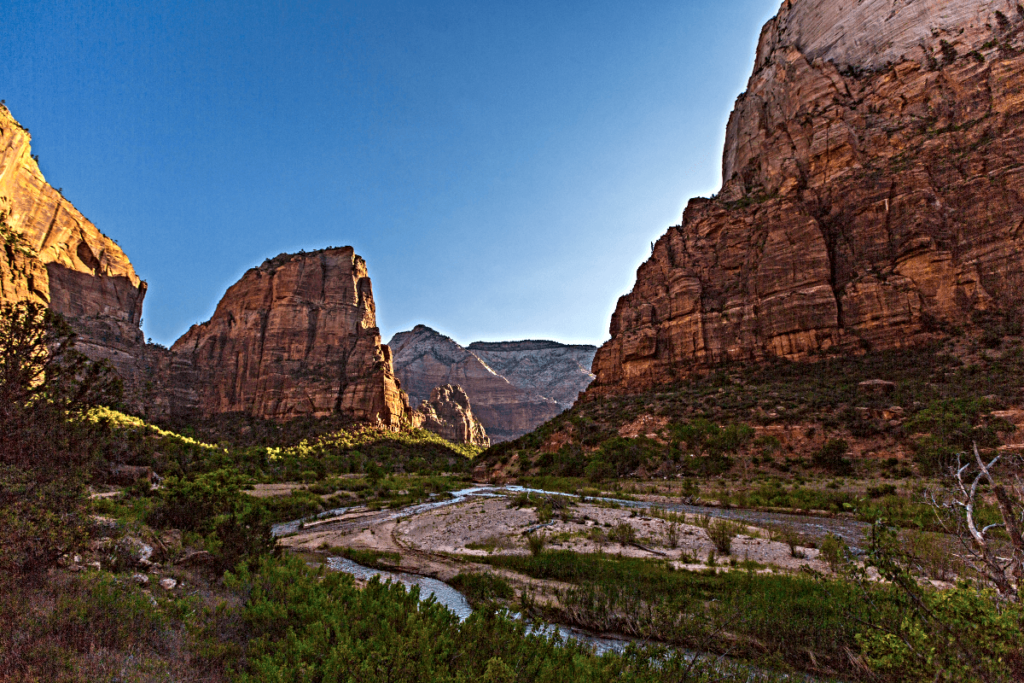
Where to Stay in Capitol Reef: The Noor Hotel
From Zion to Bryce: How to Get There
To reach Bryce Canyon from Zion, embark on an 85-mile journey via Route 9, known as the scenic Zion–Mount Carmel Highway. This route includes a guided passage through a 1.1-mile-long tunnel. A recommended pause along the way is Canyon Overlook, offering vistas of monumental formations like the East and West Temples. Continuing through this route, you’ll find yourself amidst the vast slickrock landscapes, where time has sculpted petrified sandstone dunes. Maintain your course on Route 9 for 23 miles, then veer north onto U.S. 89, following signs directing you to Bryce Canyon National Park’s gateway.
Begin your exploration at Sunrise Point. Two trails not to miss are Bristlecone Loop Trail and Navajo Loop Trail, both manageable within a single day’s visit and offering an immersive experience of the park’s core. As you wander, stay alert for the calls of peregrine falcons echoing from the canyons and watch for a unique species of prairie dog indigenous to the area. If staying within the park isn’t an option, consider accommodations at Ruby’s Inn, located at the crossroads of Routes 12 and 63, or the well-appointed Bryce Canyon Grand.

